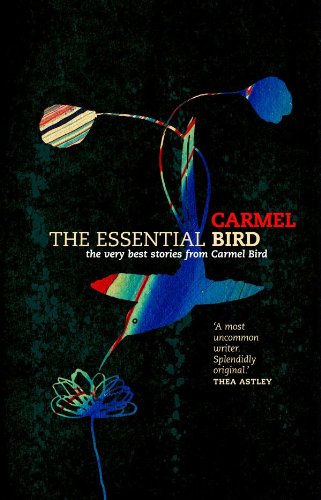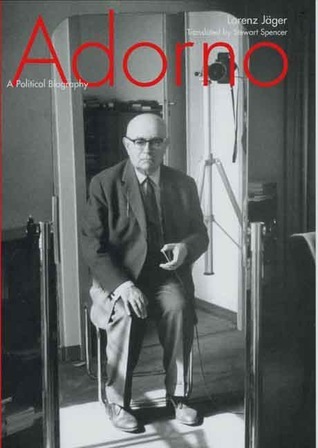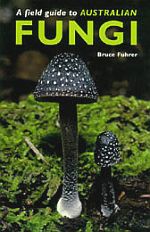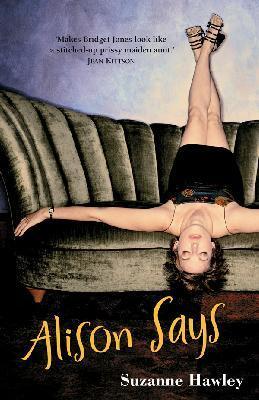Review
Batman in the Bulletin: The Melbourne I remember by Keith Dunstan
by John Rickard •
Adorno by Lorenz Jaeger (translated by Stewart Spencer) & The Cambridge Companion to Critical Theory edited by Fred Rush
by John Frow •
Platform Papers No. 4: by Robyn Archer & The Woman I Am by Helen Reddy
by Kerryn Goldsworthy •
Genocide and Settler Society: Frontier violence and stolen Indigenous children in Australian history edited by A. Dirk Moses
by Marilyn Lake •
‘Most of us have a good bit of ego wrapped up in our children. We want them to do well so that we feel good about ourselves as well as them,’ says the wise and frank Jackie French. Parents walk a fine line between encouragement and pressure. Each of the above books is careful not to let itself fall over that line.
... (read more)








